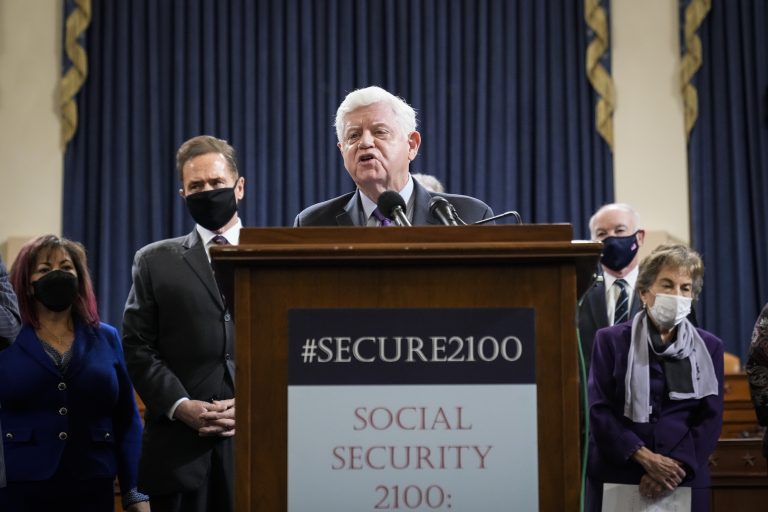Social security benefits are set to rise by 8.7 percent in 2023 to help retired workers offset heavy inflation, giving eligible recipients an extra $146 a month. But it will have to be paid by current taxpayers, many of whom are also cash-strapped due to the unfavorable state of the economy.
The rise, announced last Thursday by the Social Security Administration, comes on top of last year’s 5.9-percent increase that took effect this January.
“Medicare premiums are going down and Social Security benefits are going up in 2023, which will give seniors more peace of mind and breathing room,” Acting SSA Commissioner Kilolo Kijakazi said.
However, the hike is unlikely to fully keep up with rising costs of food, healthcare, and housing, as the National Council On Aging argues.
“Older adults on Social Security will get a much-awaited COLA [cost-of-life adjustment] increase of 8.7% next year. While this increase is historic and needed, it is also inadequate for the millions of older Americans who face skyrocketing housing and health care costs across the country,” the organization said.

Success
You are now signed up for our newsletter
Success
Check your email to complete sign up
The United States has been facing the worst inflation it’s seen since the 1970s after aggressive stimulus spending was carried out to prop up the economy in the COVID-19 pandemic. Prices of fuel, food, and housing, including rents, have increased massively, with much of the government handouts being poured into an already overheated real estate market. According to the Department of Labor, billions of the stimulus money was even embezzled.
Picking up the tab
In 2022, an estimated 66 million Americans, or about a sixth of the country, received Social Security benefits amounting to around $1 trillion. Ninety percent of the funding is provided by payroll taxes from current workers.
The social security payment system is considered stable if the ratio of workers to retirees stays at or above 3 to 1. However, as the number of working Americans declines relative to the unemployed and retired, the burden for individual employees and independent contractors will increase, leaving them with even less money to invest in homes or children.
The social security net has always faced the looming prospect of running out of payroll taxes to pay retirees, meaning that at some point, those currently paying into the system won’t ever be able to benefit from it in lieu of further taxes.
According to a report by The New York Times, the latest COLA increase could put such an extra strain on the system that social security payouts might dry up by 2034, a year earlier than previous estimates.
“Annual government reports in June showed that the Social Security Old-Age and Survivors Insurance Trust Fund, which pays out retiree benefits, would be depleted in 2034. At that time, the fund’s reserves will run out, leaving the system reliant on incoming tax revenue. Those funds will provide enough money to cover only 77 percent of scheduled benefits unless Congress intervenes,” the Oct. 13 report reads.
To partially alleviate this pressure, taxes are already being raised for working Americans. The maximum annual income subject to the social security payroll tax will rise from the current $147,000 to $160,200.
Reforming the social security system, which was set up in 1935 as part of President Franklin Roosevelt’s New Deal, is a challenge for officials from both sides of the political divide. While Democrats favor general tax hikes, the Republicans advocate triaging benefit payouts to prioritize low-income retirees.














